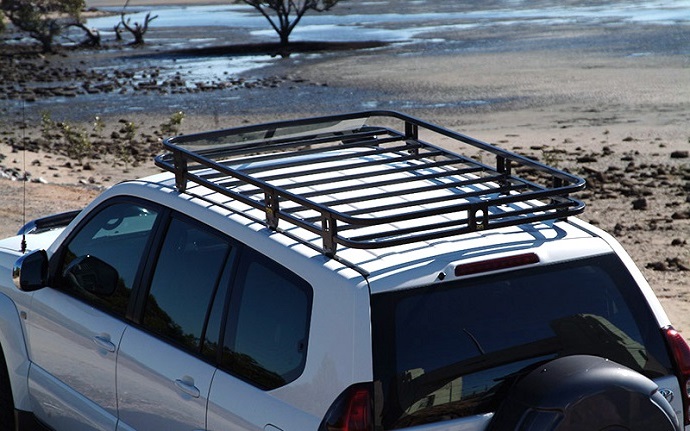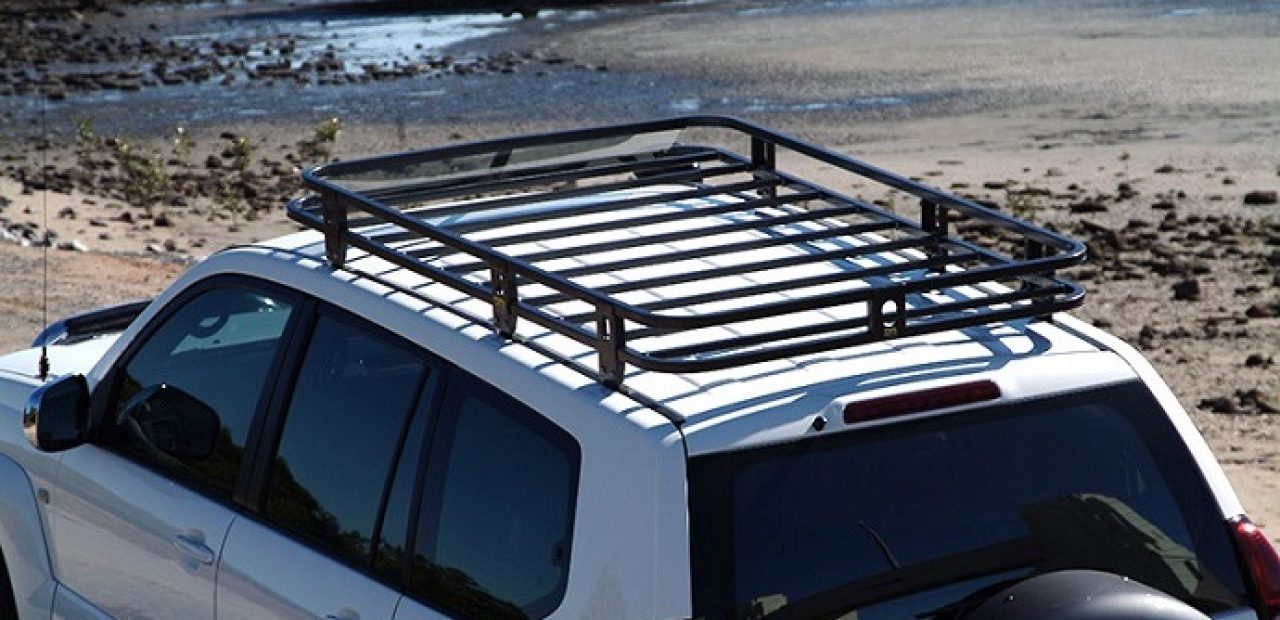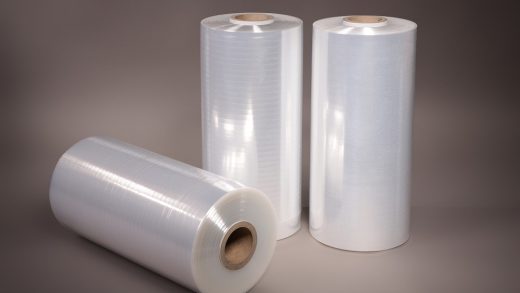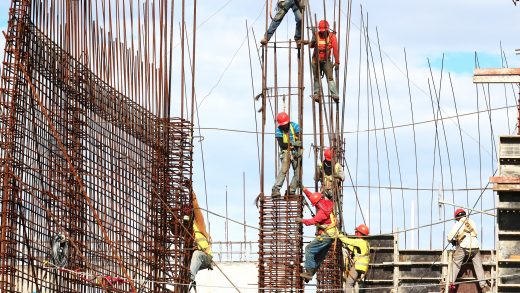Roof Racks: Increase Your Four-Wheel Drive’s Storage Potential
Don’t you just love the days filled with sunshine, when you can jump in your 4×4 and travel all the way to your favourite spot to set up camp. But even such a large vehicle can lack the space to fit the tent, sleeping bags and the rest of the camping gear, as well as the many other things that make your outdoor stay more enjoyable. That’s why many four-wheel owners have their vehicles upgraded with roof racks, simply because there’s never enough room in the back of the wagon to carry everything you want.

Fitting a roof rack on top of your four-wheel vehicle is like adding a second floor to your house. It allows for more room inside the vehicle which increases the comfort of everyone travelling in it. You surely do not plan to leave the kids at home, do you? But even if you’re not going camping with your family, there are so many other reasons 4×4 drivers buy roof racks. Like for instance, securing sports equipment, storing garbage bags, fuel cans and other things you wouldn’t want inside your vehicle, and even spare tyres can be stored in a roof rack.
No matter what kind of 4×4 you drive, large or small, a roof rack will certainly come in handy. However, different racks suit different vehicles. If you drive something smaller, like a Suzuki Jimny, a lightweight, low-profile roof rack won’t strain the vehicle too much. While something more powerful like a 105 Cruiser will have no problem with adding more height and weight. And depending on the configuration of the 4×4 (single cab, double cab, or SUV), you might need two smaller racks instead of a single one.
Obviously, the material the roof rack is made of should also affect your choice. In the past, galvanised steel racks were used because they were strong and durable, however they are also extremely heavy. There are also stainless steel custom racks, but today most commercial racks are made of welded or bolted extruded aluminium. This is because aluminium has optimal strength, while weighing a lot less than steel. However, even aluminium racks use stainless steel for high pressure points like feet and mounting brackets for additional strength.
The final thing to consider when you buy roof racks is the way it is built. Usually, the squarer the load bars are, the more drag and wind noise it will produce. Don’t think that reducing the number of load bars is a good decision. More load bars equal more loading capacity. Choosing non-welded models allows you to add more slats that increase the roof rack’s strength. Longitudinal slats are known to have better wind resistance than horizontal slats. Having all these factors in mind can help you find a roof rack that’s extremely robust, without weighing too much or being obtrusive which also has good aerodynamic properties.

















